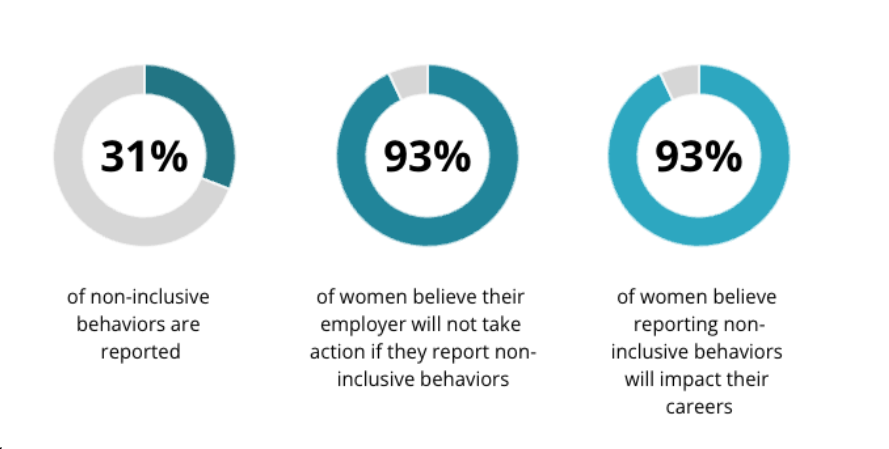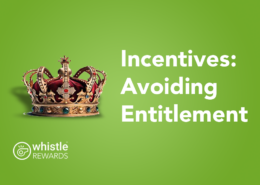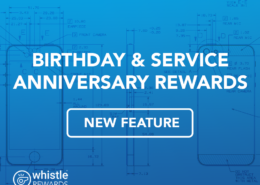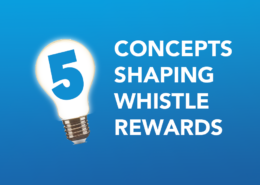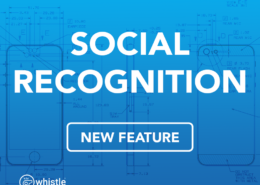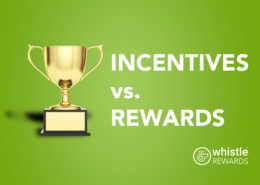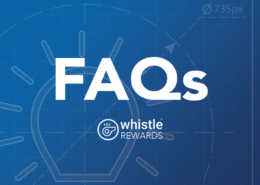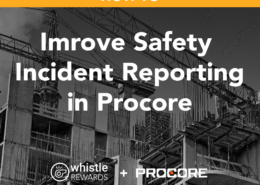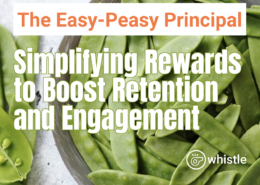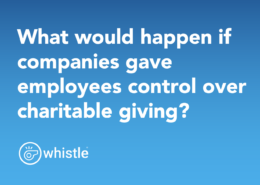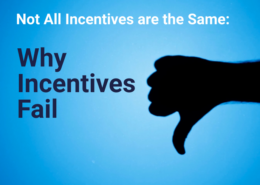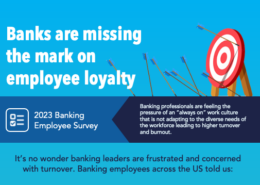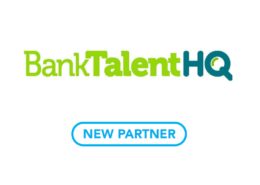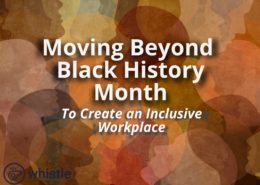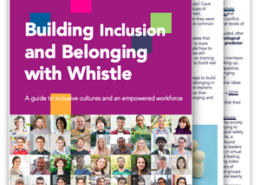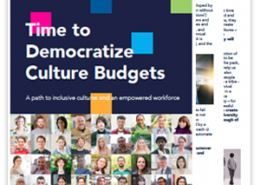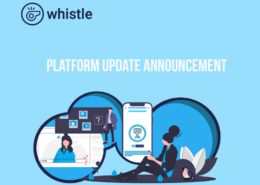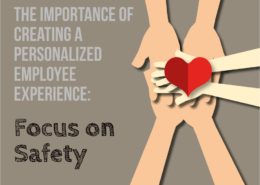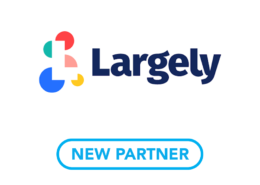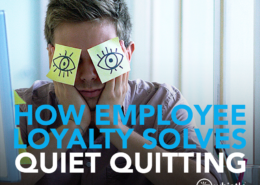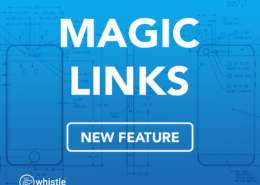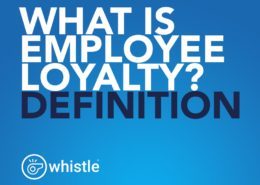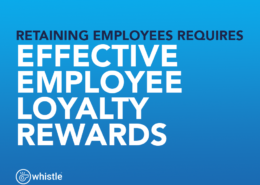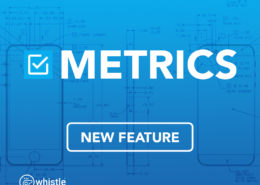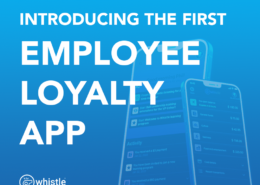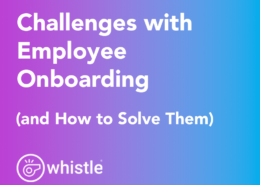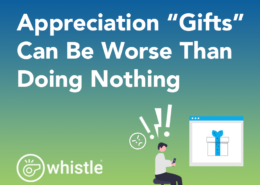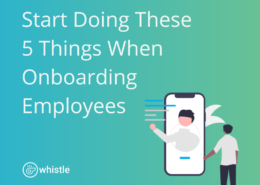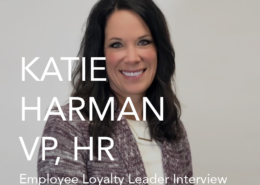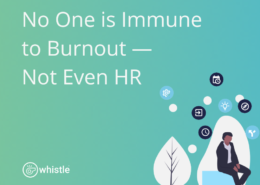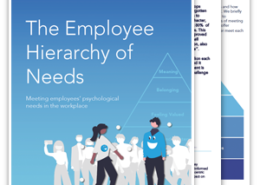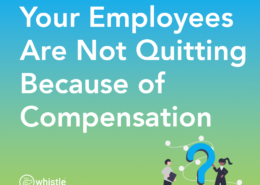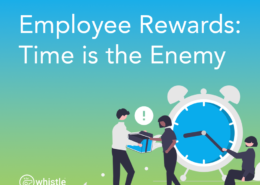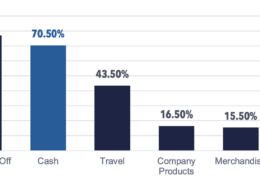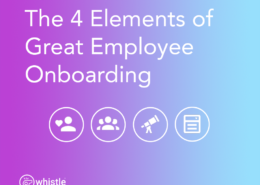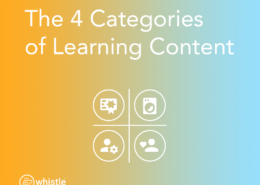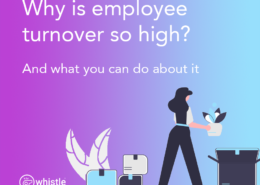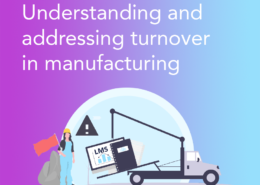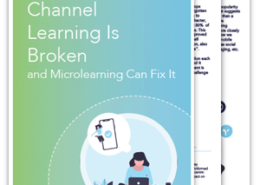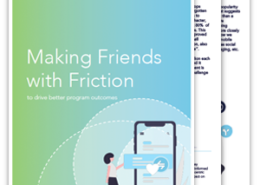The Importance of Measuring Gender Inclusivity in the Workplace.
Women have long played a vital role in the workforce, and their contributions have been instrumental in driving social and economic progress. However, despite significant gains in recent years, women continue to face barriers and challenges in the workplace. In order to address these challenges and create a more inclusive and engaging work environment, employers must take proactive steps to support and empower women.
Employee engagement strategies specifically tailored to women can play a crucial role in promoting diversity, equity, and inclusion in the workplace. By fostering a culture of inclusivity, celebrating the achievements of women, and surveying women about their experiences, employers can create a more welcoming and supportive work environment that promotes engagement, retention, and productivity. Ultimately, by acknowledging the unique challenges and opportunities for growth that women face in the workplace, employers can build a stronger and more resilient workforce that benefits everyone.
Surveying Women on Inclusivity as an Employee Engagement Strategy
In today’s modern workplace, creating a culture of inclusivity and diversity is essential for fostering a strong and engaged workforce. One of the most effective ways to create an inclusive environment is by surveying employees about their experiences in the workplace, particularly women, who often face unique challenges and barriers in their careers. Surveying women about their experiences is an important first step in identifying areas where employers can improve, and create a more supportive and inclusive work environment for women. Surveys as an employee engagement strategy allow organizations to understand if they are a “gender equality leader” and how to improve. A recent Deloitte report revealed that 93% of women believe their employer will not take action towards non-inclusive behaviors.
Failure to identify non-inclusive behaviors can negatively impact the careers of women by limiting their opportunities for advancement and contributing to the phenomenon referred to as the imposter syndrome, the self-reflective idea that a person is not qualified for a role. Alternatively, inclusive behaviors can positively impact women by increasing job satisfaction, engagement, and retention, as well as contributing to better company performance. Implementing inclusive behaviors and promoting diversity and inclusion can benefit both the organization and its female employees, leading to a more successful and supportive work environment for all.
Why is it important to survey your employees to reveal non-inclusive behaviors?
The Deloitte insights on non-inclusive behaviors in the workplace among women is an example of how surveys can be used to identify and address important issues. The results suggest that a large majority of women feel that their employers are not taking action towards non-inclusive behaviors. This is a significant finding because it highlights the need for employers to create a more inclusive workplace culture. A survey provides concrete data on the perceptions and experiences of women in the workplace. Without such data, it can be difficult to identify and address issues of non-inclusivity.
The survey results can serve as a catalyst for action, encouraging employers to take a closer look at their workplace culture and implement policies and practices that foster greater inclusivity. It can also encourage employees to speak up about their experiences and contribute to a more open and honest dialogue about diversity and inclusion. In response, employers can take concrete steps to address these concerns and create a more supportive and inclusive work environment for women. This might involve developing more transparent and equitable promotion processes, providing training and development opportunities, and celebrating the achievements of women.
Here are some steps that can help in conducting an effective survey to identify areas of improvement for women in the workplace:
- Evaluate your company using the Whistle Employee Hierarchy of Needs in order to understand what really drives employee satisfaction, while considering the experiences of women in the workplace.
- Use the Whistle Employee Loyalty Index to gather detailed insights on where to invest in employees and how employees need to be invested in. This can improve retention and increase employee engagement.
- Analyze the results: Once you have collected the data, analyze the results to identify areas of improvement. Look for patterns and themes that emerge from the data, such as common challenges or concerns among women in the workplace. Look for spikes (both good and challenging) by location.
- Take action: Use the survey results to create targeted initiatives and policies that address the identified areas of improvement. Develop an action plan to improve workplace culture, promote diversity and inclusion, and provide opportunities for women to advance in their careers.
- Follow up: Regularly follow up on the action plan and survey employees again to see if the changes have made a positive impact. Continuously gather feedback through the Whistle survey tool and make adjustments. This will help to ensure that the workplace is continually improving and becoming more inclusive for women.
Surveys can also play a critical role when tying cash rewards to programs for women in the workplace.
With survey results employers can design an effective engagement strategy that aligns with the specific achievements or milestones for outstanding performance such as contributions to a team project, or completion of a microlearning program.
Using surveys to create learning and development programs are another key way to celebrate and support women in the workplace. Employers can offer training and development programs that are specifically designed to build the skills and competencies of women in the organization. These programs can help women develop leadership skills, improve their communication and collaboration abilities, or enhance their technical expertise. Investing in the professional development of women, demonstrates an employer’s commitment to gender equity and creates a more skilled and capable workforce. The Employee Hierarchy of Needs identifies “Growth and Mastery” as one of the critical steps to a high performing organization.
By asking women to provide feedback on the programs they have participated in and programs they’d like to see, employers can identify areas for improvement and make adjustments to ensure that the programs are meeting the needs of women in the organization. Whistle surveys provide a great starting point as an effective tool for creating programs geared towards the specific needs for inclusivity and goals of women in the organization..
Using survey data to inform rewards programs, employers can create a more inclusive and equitable workplace that values the contributions of all employees, including women. This can lead to increased engagement, productivity, and retention among female employees, ultimately benefiting the organization as a whole. Additionally, surveys can provide a way for women to provide feedback on the effectiveness of rewards programs and suggest areas for improvement, allowing employers to continuously refine their initiatives over time.
Additional Resources
Women’s History Month: Highlighting Mary Parker Follet – A Leader in the Employee Engagement Space
Mary Parker Follett (1868-1933) was a pioneering American social worker, management consultant, and author who made significant contributions to the fields of organizational behavior, management theory, and employee engagement. Follett’s ideas were ahead of their time, and many of her insights continue to influence contemporary management and leadership practices.
One of Follett’s key contributions to the field of employee engagement was her emphasis on collaboration and participatory decision-making. She believed that effective organizations were those that allowed employees to have a say in how they were managed and that gave them opportunities to participate in problem-solving and decision-making processes. Follett’s approach was grounded in the belief that employees were more likely to be engaged and motivated when they felt empowered and valued by their organizations.
Another important aspect of Follett’s work was her focus on conflict resolution and the importance of constructive conflict in organizational life. She believed that conflicts were inevitable in any organization and that they could be a source of creativity and innovation if managed effectively. Follett argued that conflicts could be resolved through collaboration and open communication, rather than through authoritarian or coercive measures.
Follett’s ideas on employee engagement were ahead of their time, and many of her insights continue to influence contemporary management and leadership practices. Her emphasis on collaboration, empowerment, and conflict resolution laid the groundwork for modern approaches to employee engagement and motivation. She remains an important figure in the history of management theory and a source of inspiration for those seeking to create more inclusive and participatory organizations.
Written by Angela Mooney, Sr. Project Manager/Learning Products Expert at Whistle Systems.
WHISTLE, THE EMPLOYEE LOYALTY APP
There are many factors that influence employee loyalty but Whistle is the first employee loyalty app specifically designed for that purpose. By leveraging Whistle and integrating with other programs, Whistle can help companies improve both their top and bottom line.
In a recent case study, Whistle helped a manufacturing company reduce turnover by 26% in just 90 days through a redesigned onboarding program. Whistle’s employee loyalty app brought the company’s on-boarding process into the digital age and put it in every employee’s pocket. Employees raved about the mobile-first experience and cash reward system.
Companies are using Whistle to help people-managers improve relationships with their direct reports, rethinking incentives and rewards, and even changing their approach to culture – building a more inclusive workplace and helping to attract quality candidates.
Contact us for a free demo and better understand how much you can improve employee loyalty when using an employee loyalty app!
Forget the Bells. You Just Need Whistle.
Overwhelmed? Let us help you build a better onboarding experience, improve leadership training, or find innovative ways to appreciate your people — start by speaking to a consultant for free.


